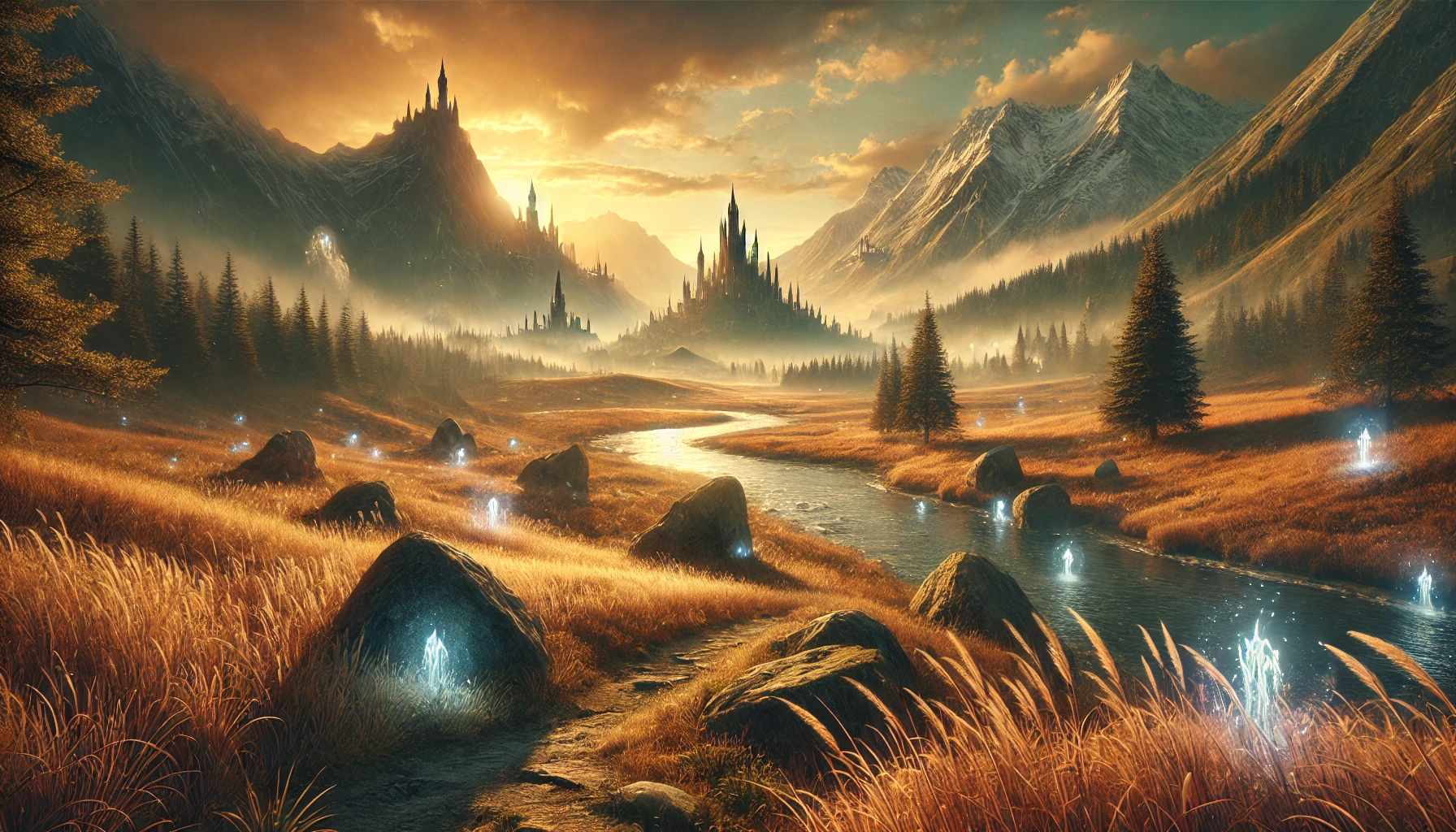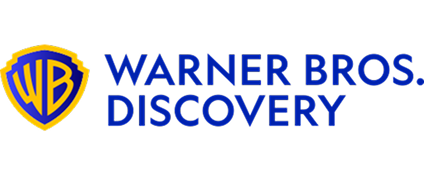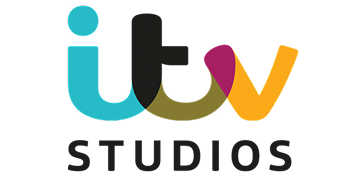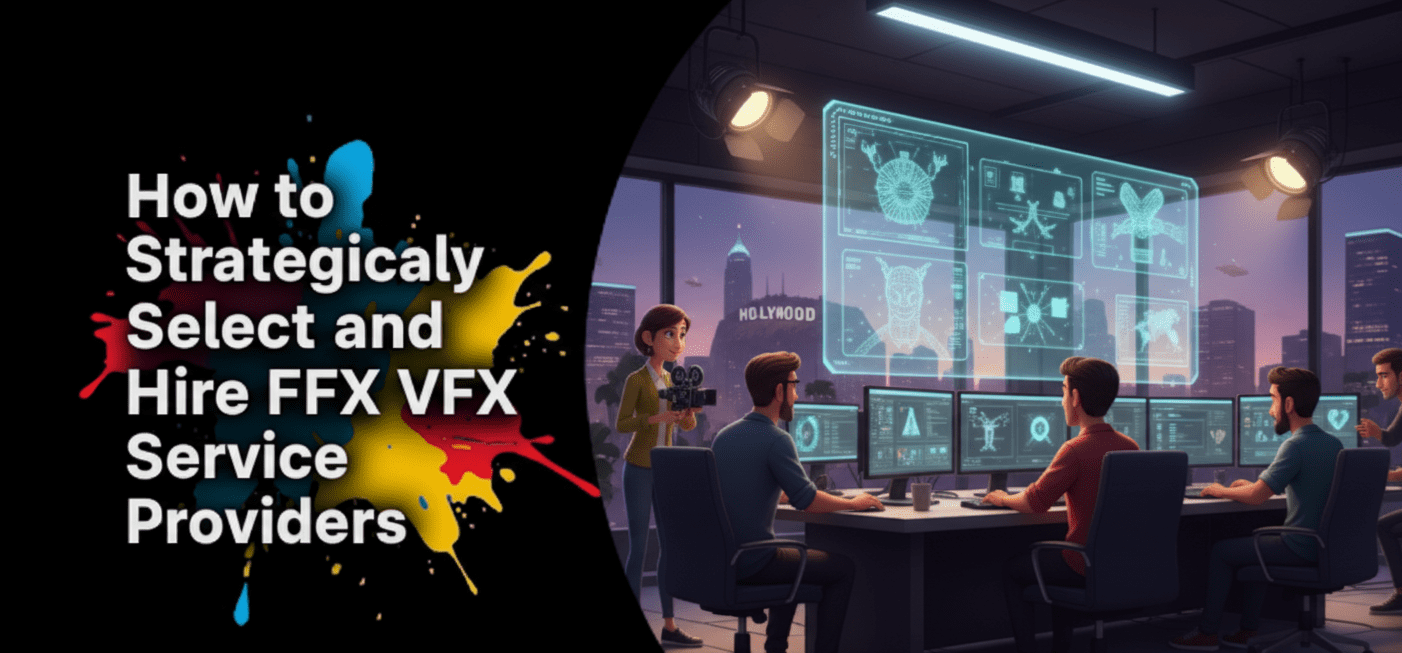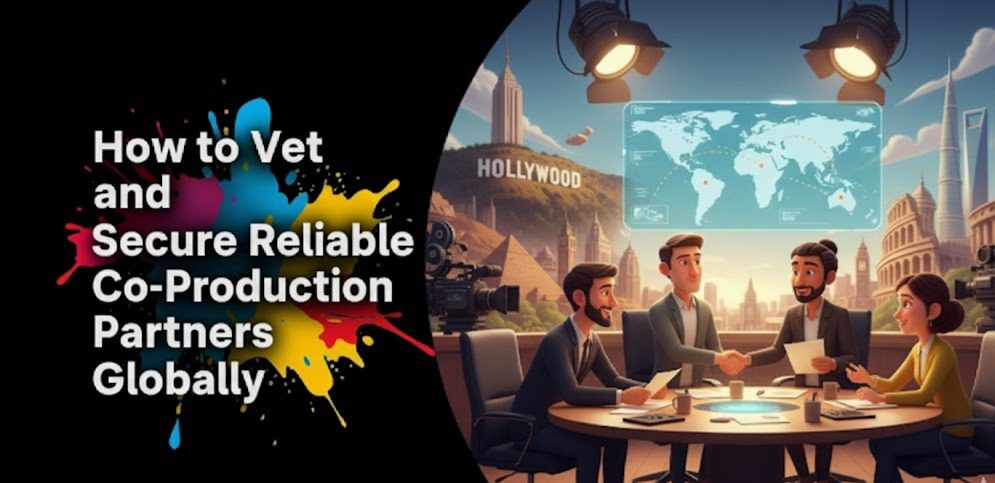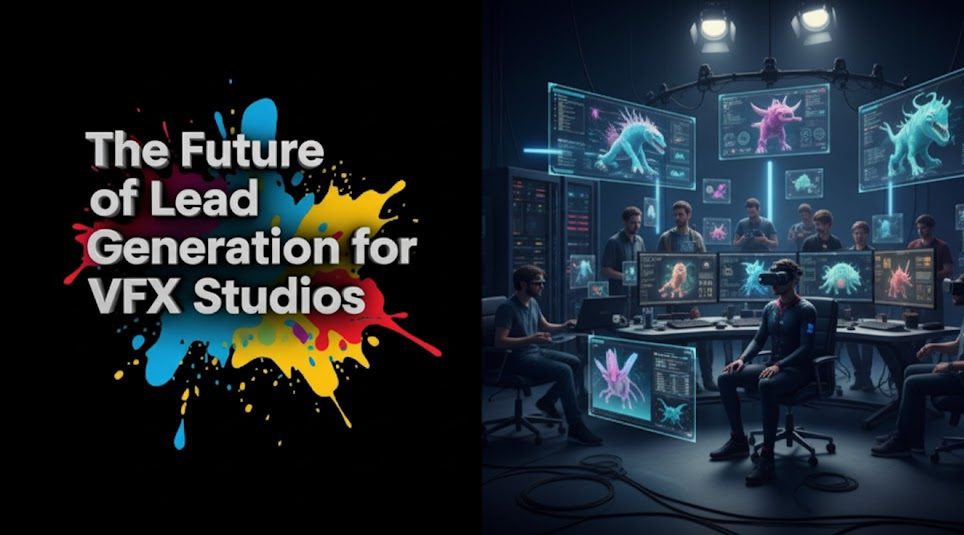Introduction
Ever wondered how your favorite books come to life on the big screen or as binge-worthy TV series? Book adaptations are a fascinating process where literature is transformed into visual storytelling. But what goes on behind the scenes?
In this article, we’ll break down the entire book adaptation process—how rights are acquired, how screenplays are developed, the challenges involved, and what makes an adaptation successful. Whether you’re an author, a filmmaker, or just a fan of great adaptations, this guide will give you deep insights into how novels become movies and TV shows. Stay with us as we explore the magic behind book-to-screen transformations!
Table of content
Find the Right Partners for Your Next Adaptation

What is a Book Adaptation?
A book adaptation is the process of transforming a novel, short story, or other literary work into a screenplay for a film or television series. These adaptations can be faithful to the source material or take creative liberties to suit the cinematic or episodic format.
From timeless classics like Pride and Prejudice to modern blockbusters like Harry Potter and Game of Thrones, book adaptations have become a dominant force in the entertainment industry.
Why Are Books Adapted Into Films and TV Shows?
Books offer rich storytelling, deep character development, and built-in fan bases, making them a lucrative choice for adaptation. Here’s why book adaptations continue to thrive:
- Established Audiences: Books come with a loyal readership, reducing marketing risks.
- Strong Story Foundations: Adaptations start with pre-existing narratives that are often already successful.
- High Demand for IP: Studios and streamers prioritize intellectual properties (IP) that have proven commercial appeal.
- Streaming Boom: Platforms like Netflix, Amazon Prime, and HBO Max are constantly looking for content-rich stories to turn into long-running series.
How Are Book Adaptation Rights Acquired?
Before a book can be adapted, producers or studios must secure film and TV rights from the author or publisher. This involves:
- Optioning Rights: Paying an initial fee for exclusive adaptation rights for a limited time.
- Outright Purchase: Buying full adaptation rights upfront.
- Negotiation Factors: Fees, royalties, author involvement, and creative control terms.
High-profile adaptations often involve competitive bidding wars, especially for bestsellers.
Turn Your Book into a Film or TV Series

The Book-to-Screen Process
1. Development
- A production company or studio secures adaptation rights.
- A screenwriter is hired to adapt the story into a screenplay.
- Producers and directors refine the script for cinematic or episodic storytelling.
2. Pre-Production
- Casting decisions are made.
- Locations, set designs, and costumes are planned.
- Budgeting and financing are finalized.
3. Production
- Filming begins based on the adapted screenplay.
- Directors and actors bring the story to life.
4. Post-Production
- Editing, visual effects, and sound design take place.
- Final versions are tested with audiences before release.
Key Challenges in Book Adaptations
Book adaptations face multiple challenges, including:
- Staying True to the Source Material: Balancing fan expectations with cinematic constraints.
- Condensing Complex Narratives: Some books are too detailed to fit into a film or series.
- Casting & Character Interpretation: Fans often have strong opinions on how characters should look and behave.
- Budget Constraints: Large-scale fantasy or sci-fi adaptations require massive budgets.
What Makes a Successful Book Adaptation?
Great book adaptations have several key traits:
- Faithfulness to the Source Material: Staying true to the book’s themes and tone.
- Strong Screenplay Adaptation: A well-crafted screenplay that translates literary depth into visual storytelling.
- Talented Cast & Direction: Performances and direction that enhance the story’s emotional impact.
- Balanced Pacing: A well-structured narrative that engages viewers without losing depth.
Examples of successful adaptations include The Lord of the Rings, The Hunger Games, and Bridgerton.
How Vitrina Helps with Book Adaptations
Vitrina is the leading platform for tracking film and TV adaptations. Whether you’re a production house looking for literary IPs or a distributor scouting the next book-to-screen hit, Vitrina provides:
- Access to Film & TV Rights Holders worldwide.
- Detailed insights on book adaptation trends.
- Contacts for production companies & financiers specializing in adaptations.
- Market intelligence to stay ahead of adaptation opportunities.
With Vitrina, you can discover, qualify, and connect with key decision-makers in the adaptation space.
Key Takeaways
- Book adaptations are a major part of the entertainment industry, transforming novels into visual stories.
- Rights acquisition is the first step, involving negotiations between authors and studios.
- The adaptation process includes script development, casting, production, and post-production.
- Challenges like fidelity to source material and budget constraints must be managed.
- Vitrina helps studios and content buyers connect with the right partners for book adaptations.
Frequently Asked Questions
It can take anywhere from 2 to 5 years, depending on rights acquisition, screenplay development, and production timelines.
It depends on the contract. Some authors have creative input, while others sell rights with minimal involvement.
Poor screenplay adaptation, miscasting, budget issues, or deviations from the source material can lead to unsuccessful adaptations.


